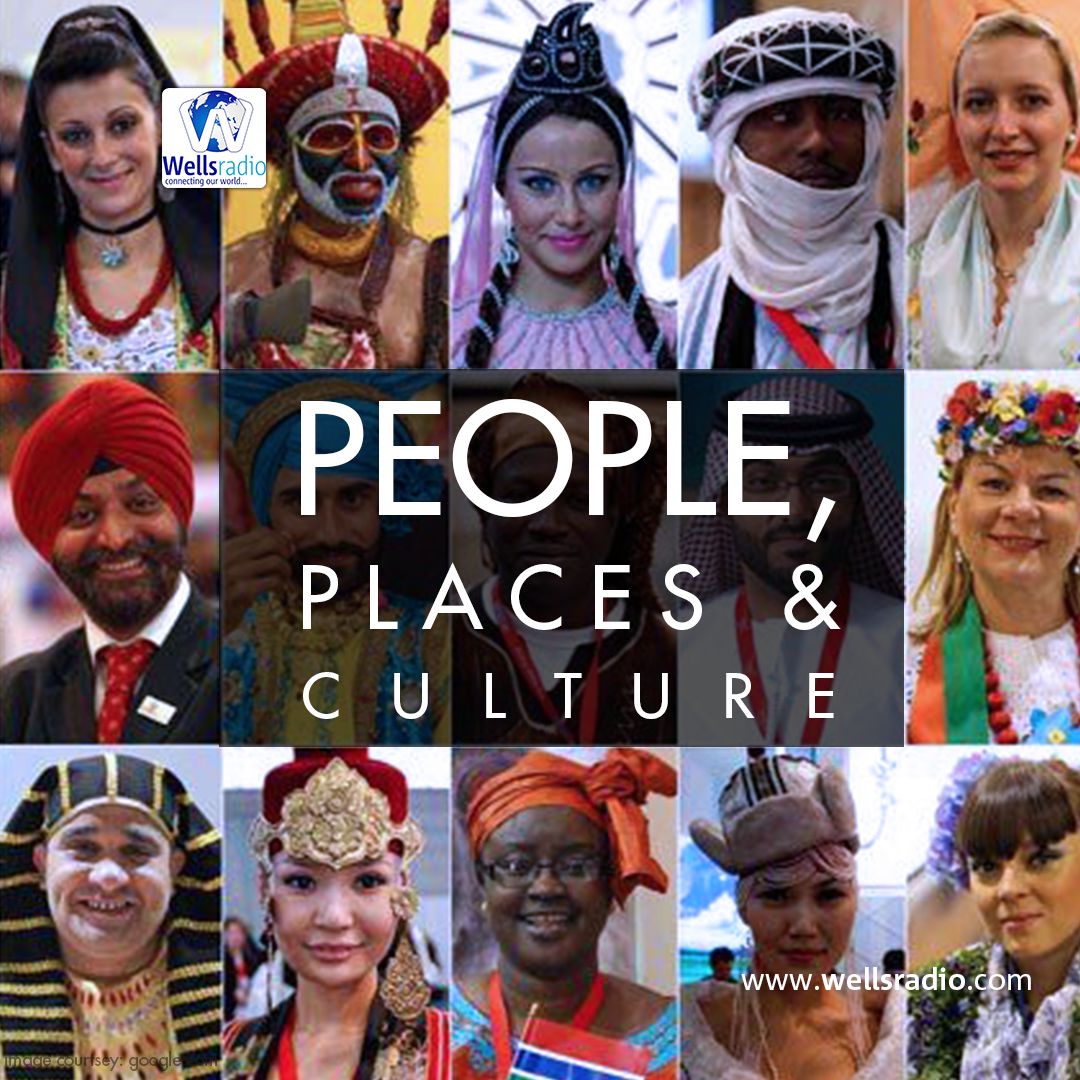Nigeria, due to its large population, has the highest absolute number of female genital mutilation (FGM) worldwide, accounting for about one-quarter of the estimated 115–130 million circumcised women in the world. The objective of this review is to ascertain the current status of FGM in Nigeria. The national prevalence rate of FGM is 41% among adult women. Evidence abound that the prevalence of FGM is declining.
The ongoing drive to eradicate FGM is tackled by World Health Organization, United Nations International Children Emergency Fund, Federation of International Obstetrics and Gynecology (FIGO), African Union, The economic commission for Africa, and many women organizations. However, there is no federal law banning FGM in Nigeria. There is need to eradicate FGM in Nigeria. Education of the general public at all levels with emphasis on the dangers and undesirability of FGM is paramount.
FGM is practiced in more than 28 countries in Africa and a few scattered communities worldwide, its burden is seen in Nigeria, Egypt, Mali, Eritrea, Sudan, Central African Republic, and northern part of Ghana where it has been an old traditional and cultural practice of various ethnic groups. The highest prevalence rates are found in Somalia and Djibouti where FGM is virtually universal.
FGM is widely practiced in Nigeria, and with its large population, Nigeria has the highest absolute number of cases of FGM in the world, accounting for about one-quarter of the estimated 115–130 million circumcised women worldwide. In Nigeria, FGM has the highest prevalence in the south-south (77%) (among adult women), followed by the south east (68%) and south west (65%), but practiced on a smaller scale in the north, paradoxically tending to in a more extreme form.
Nigeria has a population of 150 million people with the women population forming 52%. The national prevalence rate of FGM is 41% among adult women. Prevalence rates progressively decline in the young age groups and 37% of circumcised women do not want FGM to continue. 61% of women who do not want FGM said it was a bad harmful tradition and 22% said it was against religion. Other reasons cited were medical complications (22%), painful personal experience (10%), and the view that FGM is against the dignity of women (10%). However, there is still considerable support for the practice in areas where it is deeply rooted in local tradition.
FGM is a practice whose origin and significance is shrouded in secrecy, uncertainty, and confusion. The origin of FGM is fraught with controversy either as an initiation ceremony of young girls into womanhood or to ensure virginity and curb promiscuity, or to protect female modesty and chastity. The ritual has been so widespread that it could not have risen from a single origin.
FGM is recognized worldwide as a fundamental violation of the human rights of girls and women. It reflects deep-rooted inequality between the sexes and constitutes an extreme form of discrimination against women. It involves violation of rights of the children and violation of a person’s right to health, security, and physical integrity, the right to be free from torture and cruel, inhuman, or degrading treatment, and the right to life when the procedure results in death. Furthermore, girls usually undergo the practice without their informed consent, depriving them of the opportunity to make independent decision about their bodies.
It is true that tradition and culture are important aspects of any society in helping to mold the views and behavioral patterns of the society; some traditions and cultural beliefs and practices like FGM are harmful and must be abolished. A multidisciplinary approach is needed to tackle this deep-rooted legendary practice of FGM.


